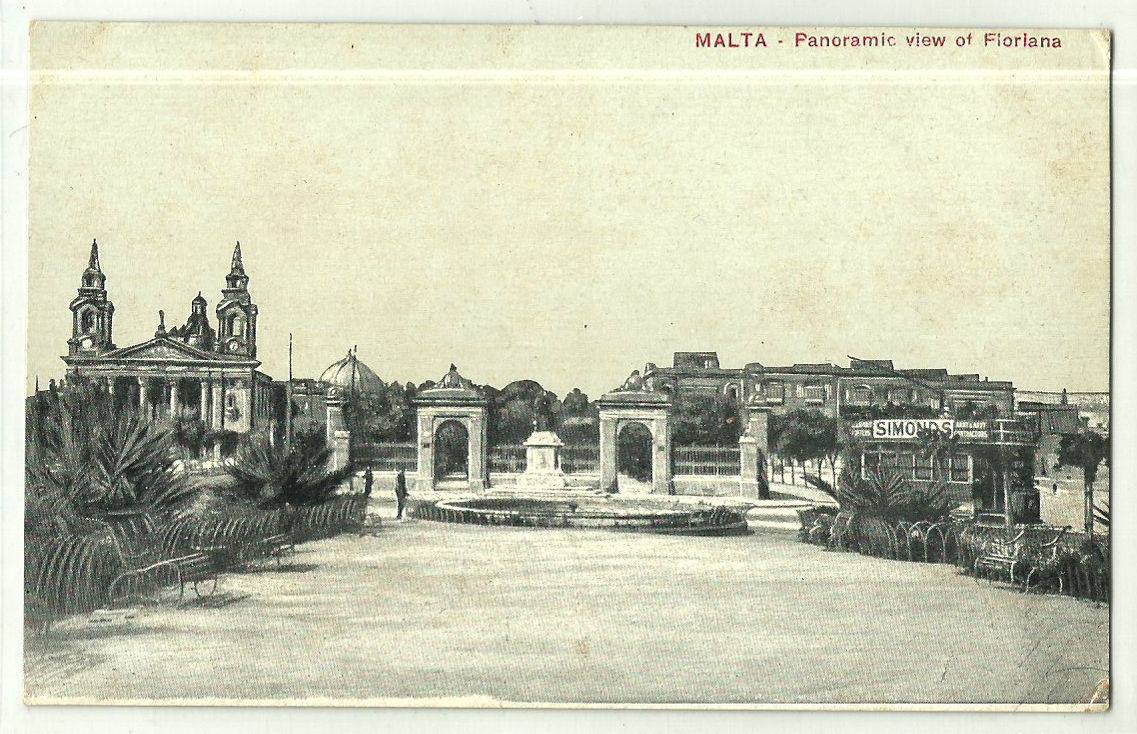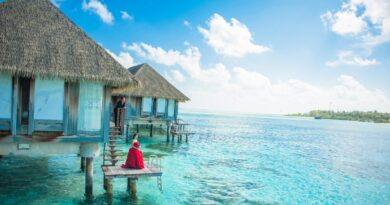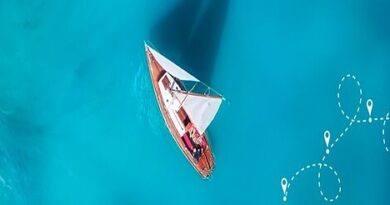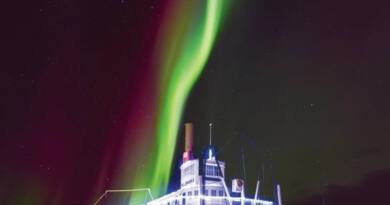Found: The Amazing And Stunning Beauty Of Malta
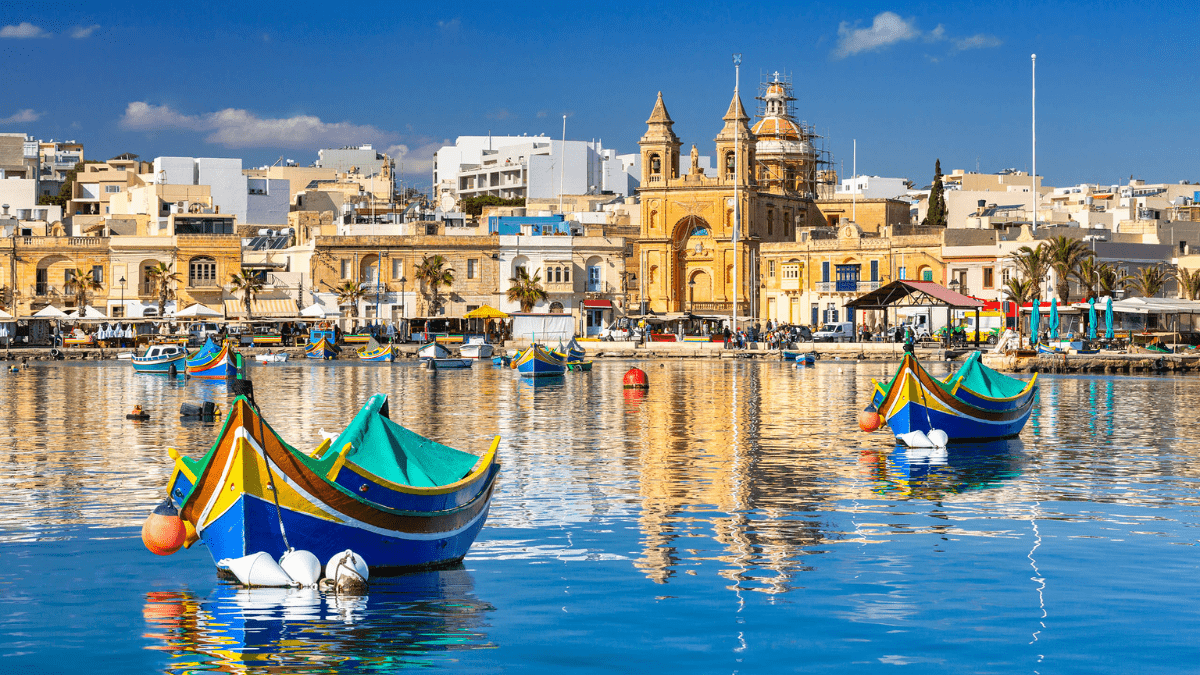
Malta is a beautiful island in the center of the Mediterranean Sea. A small but strategically significant group of islands has played a significant role throughout its long and turbulent history in the conflicts between various powers for control of the Mediterranean and in the interactions between emerging Europe and the more ancient cultures of Africa and the Middle East. German and Italian planes pounded Malta mercilessly, and by the end of the conflict, it had been completely destroyed. In honour of the Maltese people’s valour during the war, Malta was given the George Cross, a British decoration for outstanding courage, in 1942. The movement for self-governance grew in strength after the conflict. Malta gained its independence from Great Britain in 1964, entered the Commonwealth, and on December 13, 1974, it was proclaimed a republic. In 2004, it was granted membership in the European Union (EU).
Regarding the experience of St. Paul, the Apostle, who is claimed to have been shipwrecked near Malta in 60 CE, the Acts of the Apostles make note of the Maltese people’s reputation for warmth, hospitality, and compassion towards foreigners.
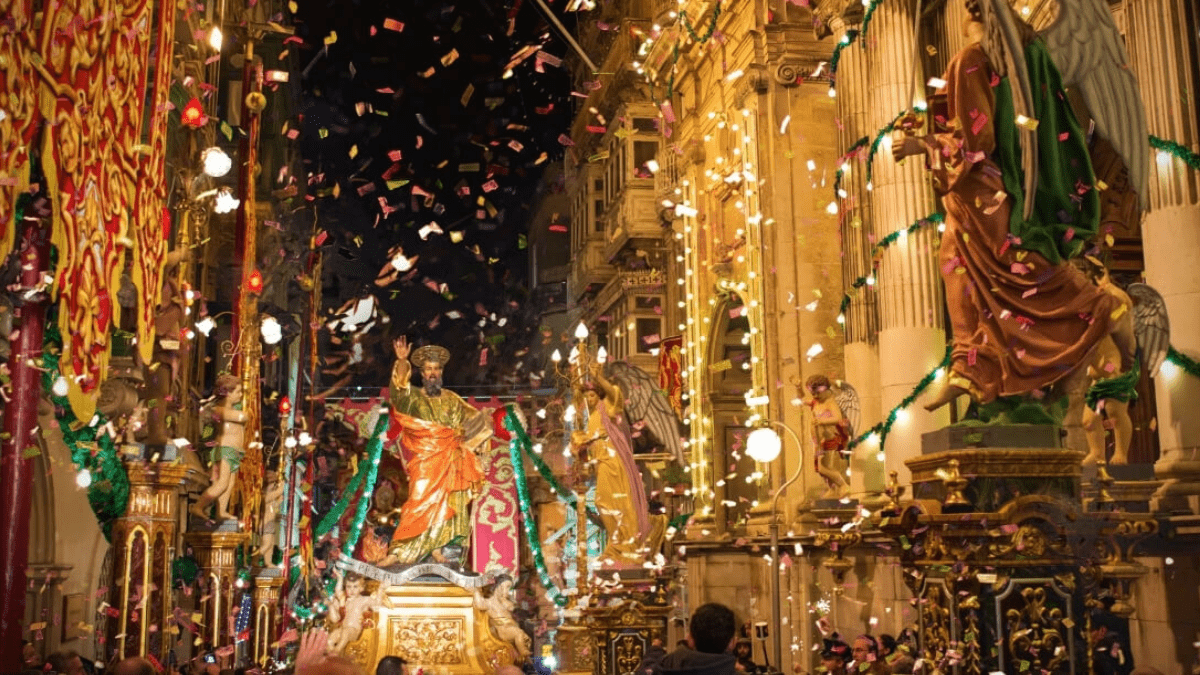
Maltese culture has been greatly influenced by Roman Catholicism. Around religious holidays, particularly those honouring the patron saints of towns and villages, many traditions have developed. Malta’s national emblem is the eight-pointed, or Maltese, cross, which was chosen by the Hospitallers of St. John of Jerusalem in 1126 and is depicted on the nation’s euro coin. The capital is Valletta. At the eastern end of the constrained section of the Mediterranean Sea, separating Italy from the African coast. A blend of Italian and Arab cultures reflects Malta’s culture. The Maltese are well educated and value the arts very much. Major figures in Maltese art and literature include the Italian painter Caravaggio and the Maltese poet Dun Karm. Malta’s history of foreign occupation and the Roman Catholic Church’s influence are the main sources of the island nation’s cultural impacts. The festival honouring a village’s patron saint, which is celebrated by processions and fireworks, is where most folk traditions have developed.
The country is made up of five islands: Malta (the largest), Gozo, Comino, and the uninhabited islets of Kemmunett (Comminotto) and Filfla. Sicily is to the south, Libya is to the north, and Tunisia is to the east.
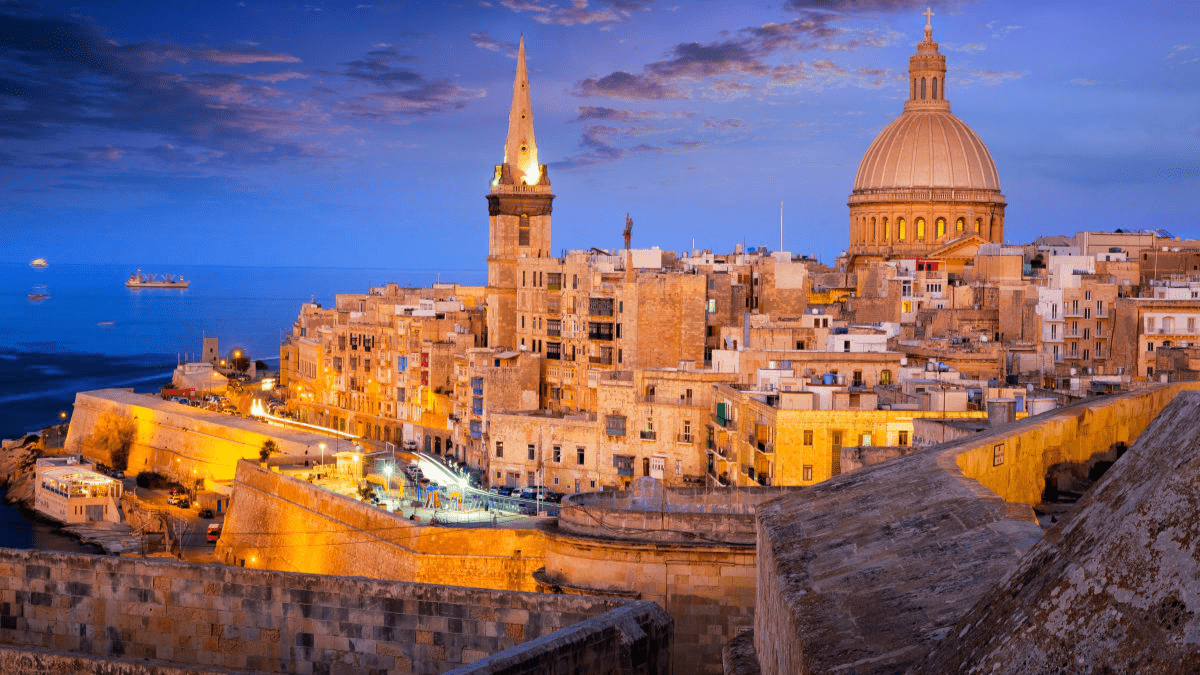
The limestone formations that make up Malta’s islands are predominant, and much of its coastline is made up of high or vertical limestone cliffs that have been indented by bays, inlets, and coves. On the submerged Malta-Hydean Platform, they are lying. Malta’s principal physical feature is a clearly defined escarpment that runs the length of the island from Point ir-Raeb near Fomm ir-Ri Bay to the coast northeast of Gargur at Madliena Fort, following the Victoria Lines Fault. The highest points are coralline limestone uplands that form a triangle plateau; the tallest of them is Ta’ Uta, which rises to an elevation of 830 feet (253 metres) in the southwest.
The capital of Malta is Valetta.
But some of the other most picturesque cities in Malta are MELLIEHA, SAINT JULIAN’S, and SLIEMA.
The best time to visit Malta is considered to be April. The weather brings beauty to this island to the point that it relaxes the eyes and mind at the same time.
The 5 most favourite tourist attractions in Malta are:
- Mdina: a bastion-enclosed mediaeval walled town in Malta’s heart, is situated atop a sizable hill. The town was formerly the capital of Malta, and with its tiny population, charming views of the island, and narrow alleys, it truly is a magical place. Mdina is known as the “Silent City” by Maltese and tourists alike since it does not allow cars (except those of a select few people) and offers a tranquil ambiance for those who choose to stroll through its winding alleys and alleyways. Within the city walls, Mdina’s population of 250 people occupies a limited area of 0.9 km. Many palaces, the majority of which are used as individual residences today, can be seen in the mediaeval town of Mdina, which features a blend of Norman and Baroque architecture. The town’s central square is home to the enormous and impressive Cathedral of the Conversion of St. Paul. It has museums, a Carmelite church, and many more things to explore.
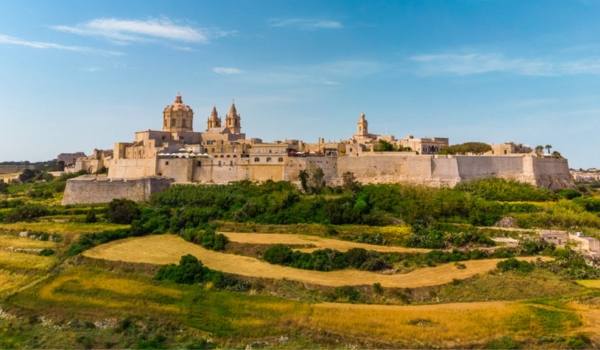
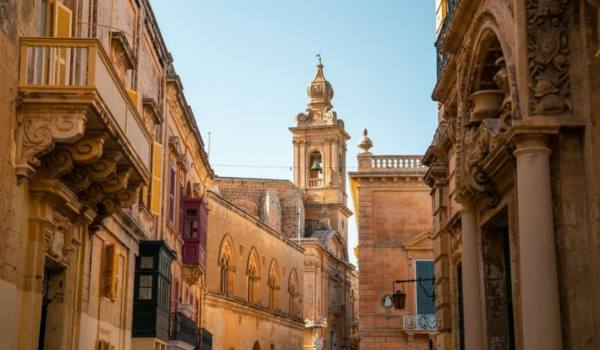
- John’s Co-Cathedral: It is a Roman Catholic cathedral that the Knights of Malta constructed in Valletta between 1573 and 1578. Grand Master Jean de la Cassière commissioned it in 1572, giving the construction project the go-ahead. He turned it into the focal point of the Knights of Malta, also known as the Order of the Knights Hospitallers of St. John. Glormu Cassar (Girolamo Cassar), a Maltese architect, created the Church. One of the finest specimens of high Baroque architecture in all of Europe is the church.

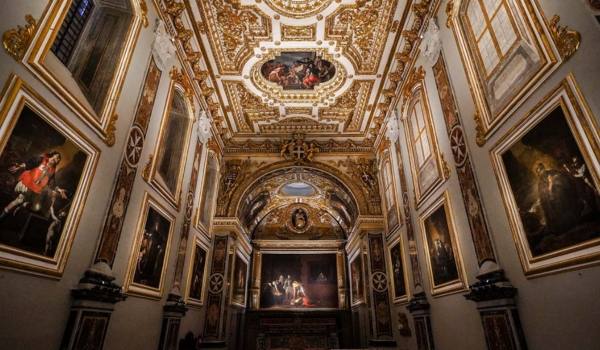
- Upper Barrakka Gardens: In Valletta, there are a tonne of palazzos, museums, cathedrals, piazzas, and gardens to meander around and explore. The Upper and Lower Barrakka Gardens are two places you should visit if city sightseeing has worn you out and you’re seeking a short break or a more tranquil way to spend a sunny afternoon in the otherwise busy capital. These gardens are the perfect places for you to relax while enjoying a cup of coffee and a snack while taking a little break from touring Valletta’s numerous attractions. This location needs to be at the top of your list if you’re looking for the most breathtaking vistas the islands have to offer! These colonnaded gardens, which are perched atop the Grand Harbour, were built in 1661 but served as the private gardens and recreation area for the nearby auberges of the Knights of the Langue of Italy.
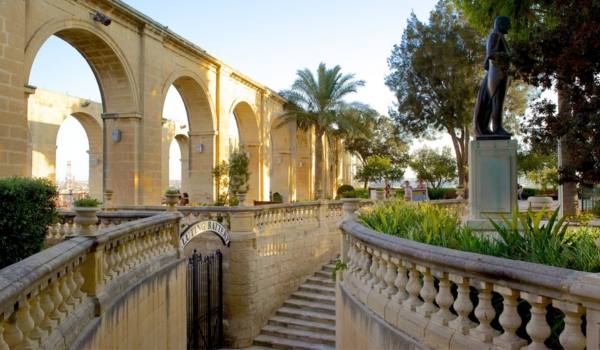
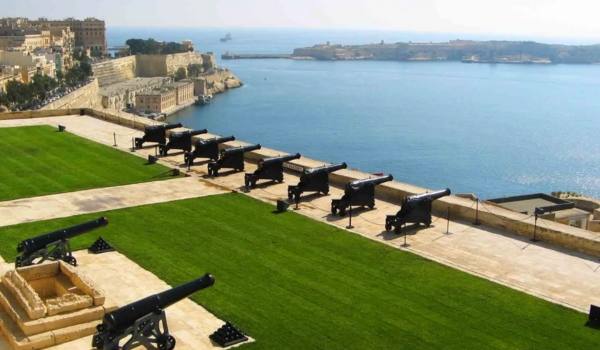
- Popeye village: Popeye’s fictional village of Sweethaven was set in the open-faced Anchor Bay in Malta’s north-western corner, two miles from the village of Mellieha, when Walt Disney and Paramount Pictures decided to adapt the popular comic strip Popeye into a motion picture. The current movie set is accessible to the public as a family entertainment centre and outdoor museum. In addition to the village itself, there are boat tours of Anchor Bay, audio-visual performances that feature excerpts from the original movie and the set’s development, water trampolines, mini golf, and other entertaining sports.
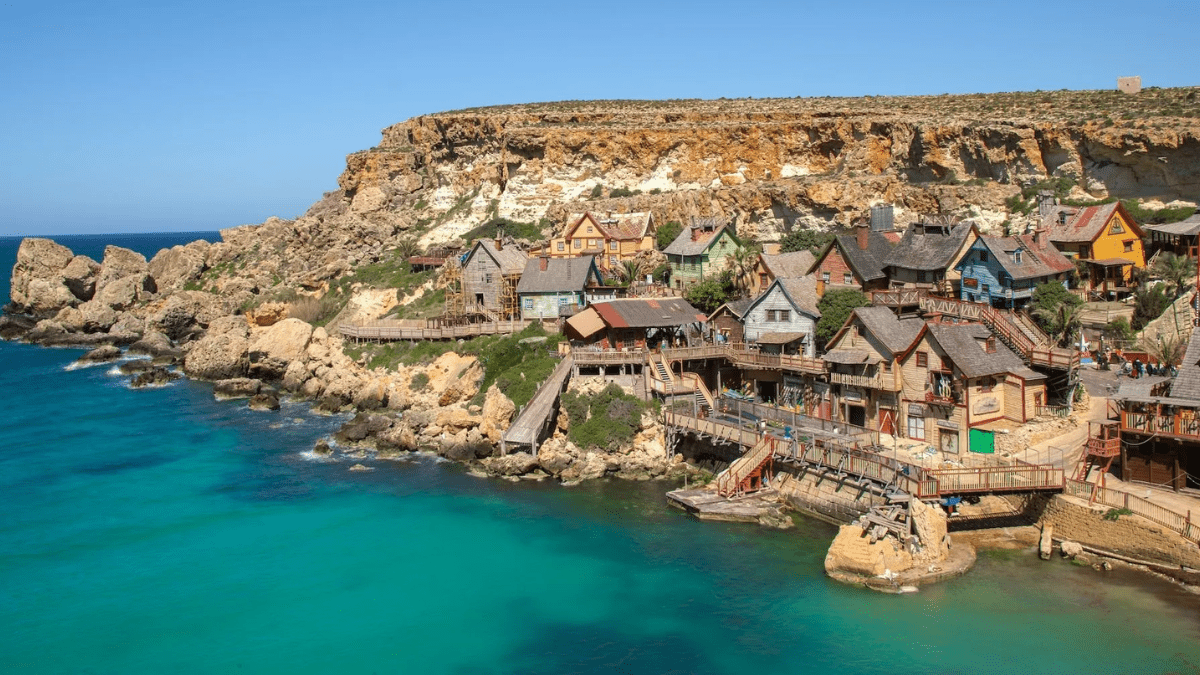
- The Citadel: The Citadel has been a well-liked hamlet since the Bronze Age because of its favourable views, and it was a wealthy metropolis called Glaucouis Civitas during the Roman and Phoenician eras. It was converted into a fortress during the Middle Ages, and the Knights of St. John used it as a bastion against Ottoman assaults. In its imposing walls, a third of the island’s former residents formerly lived. Today, there are less than 10 people living there. But it doesn’t mean there aren’t plenty of things to do. There is plenty to do in this wonderful city, including exploring the magnificent cathedral, the historic prison, and the various restaurants. A trip to the Citadel is definitely worth the arduous climb; it is a truly unforgettable experience!
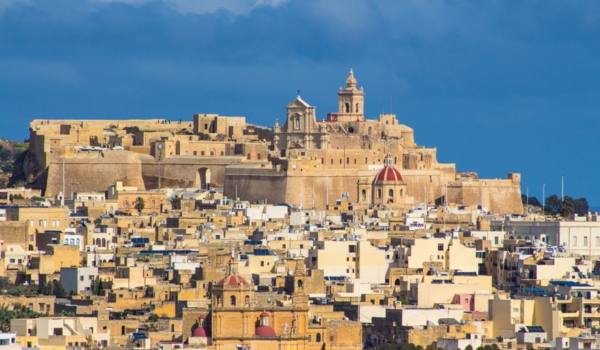
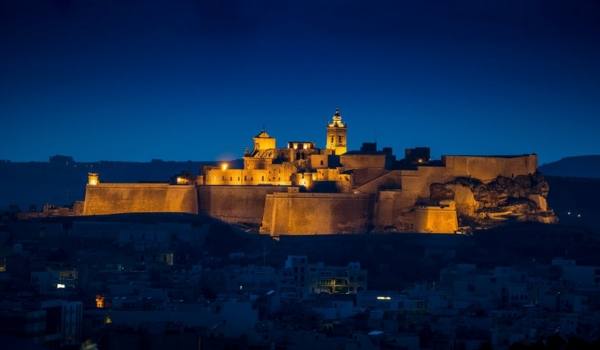
Over two million people visit Malta each year. One of the finest reasons to travel to this tiny island nation south of Sicily has to be the cuisine. The history and many cultural influences that have shaped Maltese cuisine are reflected in it. Mediterranean cuisines such as Italian, Spanish, French, British, Arabic, and others had a significant effect on traditional Maltese cuisine. Some of the best foods offered in Malta that one has to try are: Pastizz, Ftira, Aljotta, Bigilla, Bragioli, and many, many more!
